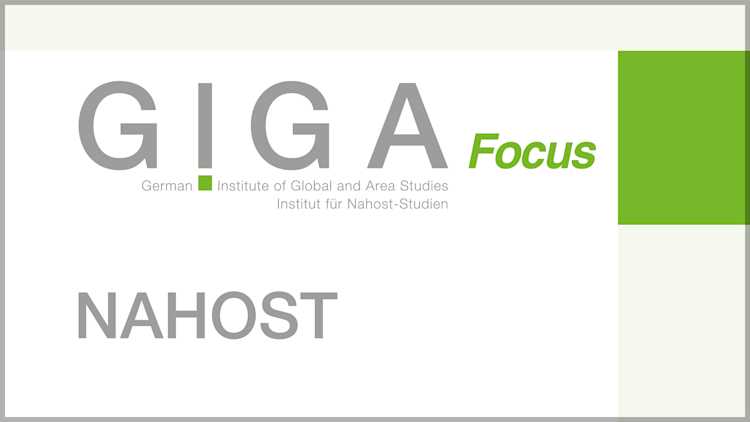- Home
- Publications
- GIGA Focus
- Turbulente Wahlen in Iran: Die Islamische Republik am Scheideweg?
GIGA Focus Middle East
Turbulente Wahlen in Iran: Die Islamische Republik am Scheideweg?
Number 6 | 2009 | ISSN: 1862-3611
Am 12. Juni 2009 fanden in Iran turnusgemäß Präsidentschaftswahlen statt. Es galt zu entscheiden, ob Präsident Mahmud Ahmadinejad eine zweite Amtszeit gewährt wird oder ob er von einem seiner drei Herausforderer abgelöst wird. Für den Fall, dass am 12. Juni keine Entscheidung getroffen worden wäre, war für den 19. Juni eine Stichwahl zwischen den beiden Bestplatzierten vorgesehen.
Analyse Der noch am Abend des ersten Wahltags verkündete – unerwartet klare – Wahlsieg von Amtsinhaber Ahmadinejad löste in weiten Kreisen des Wahlvolks zunächst Unglauben und unmittelbar danach massiven Protest aus. Die Massendemonstrationen gegen den vermuteten Wahlbetrug und die repressiven Gegenmaßnahmen des Regimes weiteten sich zur schwersten innenpolitischen Krise der Islamischen Republik Iran seit ihrer Gründung aus.
Die mutmaßliche Wahlmanipulation und die Unterdrückung der Proteste haben dem Regime schwer geschadet. Es kann nicht mehr behaupten, den Willen des Volkes zu verkörpern. Das Grundvertrauen der Bevölkerung, ausgedrückt in der hohen Wahlbeteiligung, ist damit – wahrscheinlich irreparabel – beschädigt.
Die Krise offenbarte eine geänderte Kräfteverteilung in Iran. Bisherige Konfliktstruk‑ turen wurden durch neue Bruchlinien zwischen "alter" Elite (Führungspersonen der Revolution, Mehrheit des Klerus), "neuer" Elite (Revolutionsgarden, Laien, Minderheit des Klerus inklusive Revolutionsführer) und regimeferner Opposition (moderne Mittel- und Oberschichten) überlagert.
Das Zusammenwirken der "alten" Elite mit der regimefernen Opposition ist als Ausnahme anzusehen. Für sich betrachtet, ist Letztere aber immer noch schwach und unorganisiert.
Iran weist Symptome des Übergangs von der Islamischen Republik zur Militärdiktatur auf.
Footnotes
Regional Institutes
Research Programmes
How to cite this article
Fürtig, Henner (2009), Turbulente Wahlen in Iran: Die Islamische Republik am Scheideweg?, GIGA Focus Middle East, 6, Hamburg: German Institute for Global and Area Studies (GIGA), http://nbn-resolving.de/urn:nbn:de:0168-ssoar-286604
Imprint
The GIGA Focus is an Open Access publication and can be read on the Internet and downloaded free of charge at www.giga-hamburg.de/en/publications/giga-focus. According to the conditions of the Creative-Commons license Attribution-No Derivative Works 3.0, this publication may be freely duplicated, circulated, and made accessible to the public. The particular conditions include the correct indication of the initial publication as GIGA Focus and no changes in or abbreviation of texts.
The German Institute for Global and Area Studies (GIGA) – Leibniz-Institut für Globale und Regionale Studien in Hamburg publishes the Focus series on Africa, Asia, Latin America, the Middle East and global issues. The GIGA Focus is edited and published by the GIGA. The views and opinions expressed are solely those of the authors and do not necessarily reflect those of the institute. Authors alone are responsible for the content of their articles. GIGA and the authors cannot be held liable for any errors and omissions, or for any consequences arising from the use of the information provided.



